Fast cars with big, powerful V8 engines and affordable price tags made the 1960s one of the best times to be a car enthusiast.
2. Dodge Charger (1968)
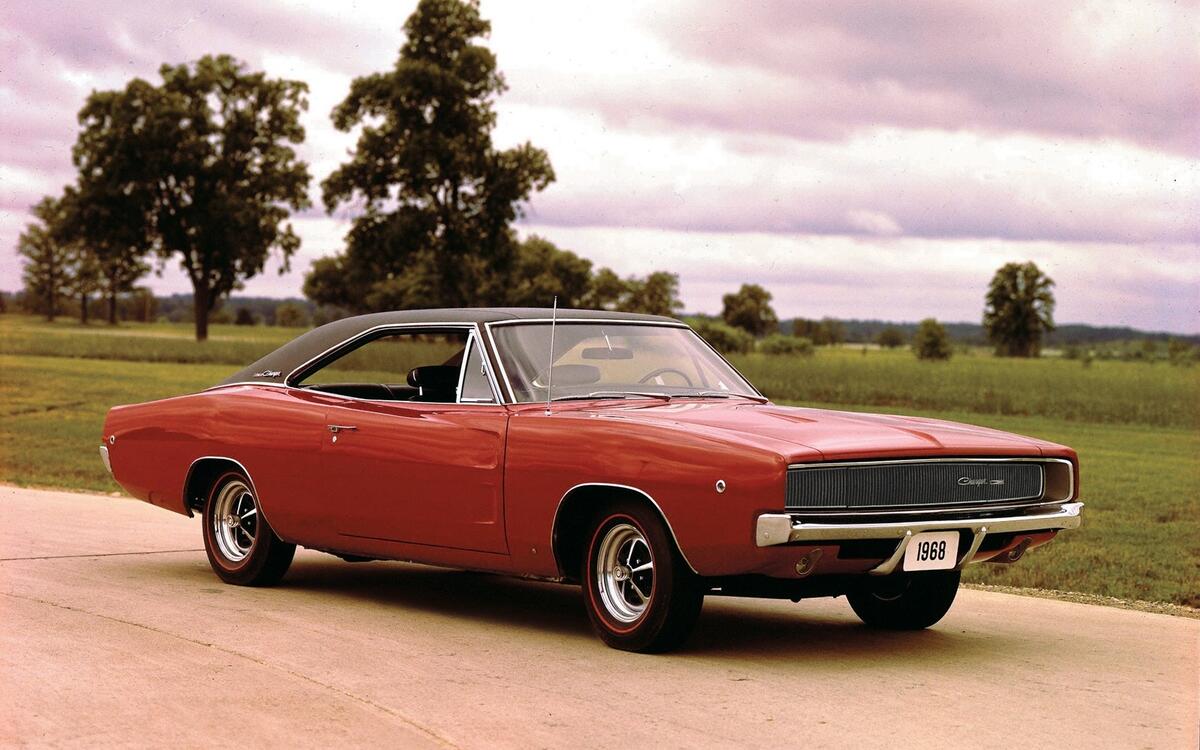
Source: Autocar.co.uk
The base Charger cost $3014 (about $21,000 today). Buyers willing to spend an extra $466 (roughly $3300 today) could step up to the high-performance Charger R/T. It built on the base model with a 440-cubic-inch (7.2-litre) V8 rated at 375bhp, a three-speed automatic transmission plus upgraded brake and suspension components. The muscle car segment’s immense popularity helped Dodge sell 96,100 examples of the Charger in 1968, and of course the model is also famous today for being the major car-star of the hit CBS TV show The Dukes of Hazzard in the shape of the General Lee, a 1969 model.
3. Ford Mustang Boss 429 (1969)
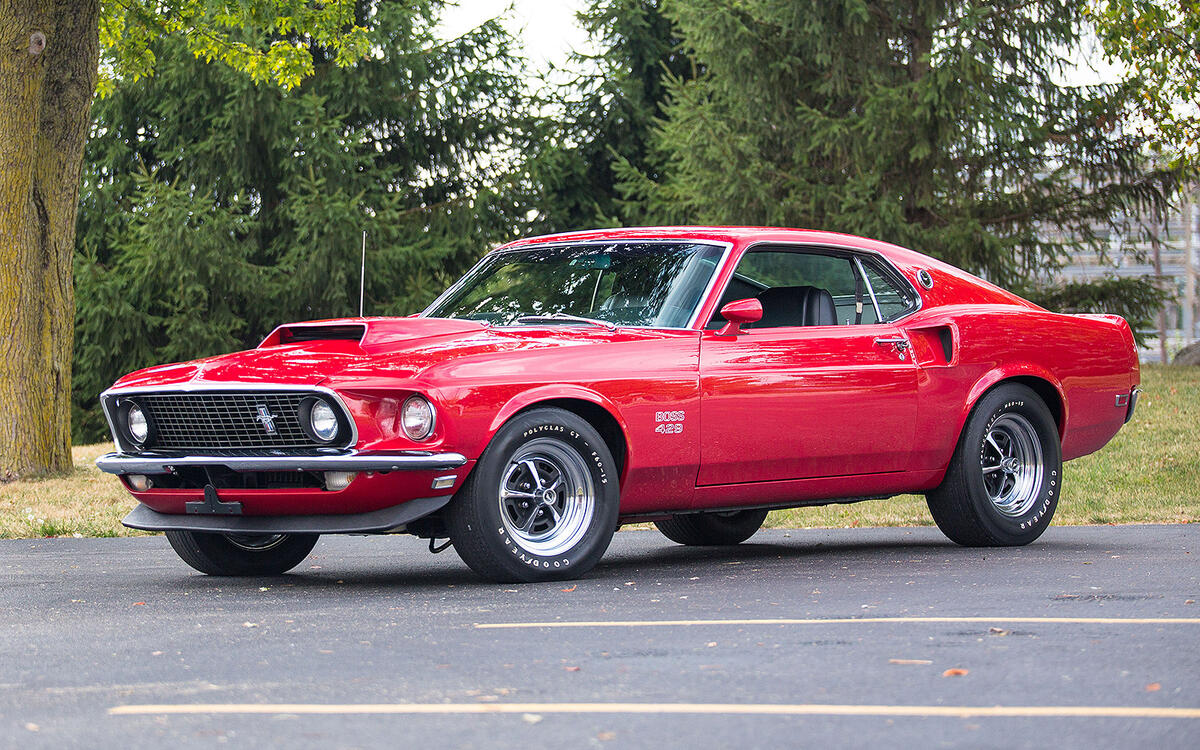
Source: Autocar.co.uk
Ford shoe-horned its 429-cubic-inch (7.0-litre) V8 engine between the Mustang’s front fenders to meet NASCAR’s homologation rules. The firm needed to build 500 examples of the eight-cylinder to be eligible for a spot on the starting line. The V8 breathed through a large scoop cut into the hood. The Boss 429 remained in the Ford catalog in 1969 and 1970. Production totaled 1358 examples.
4. Chevrolet Chevelle SS (1970)
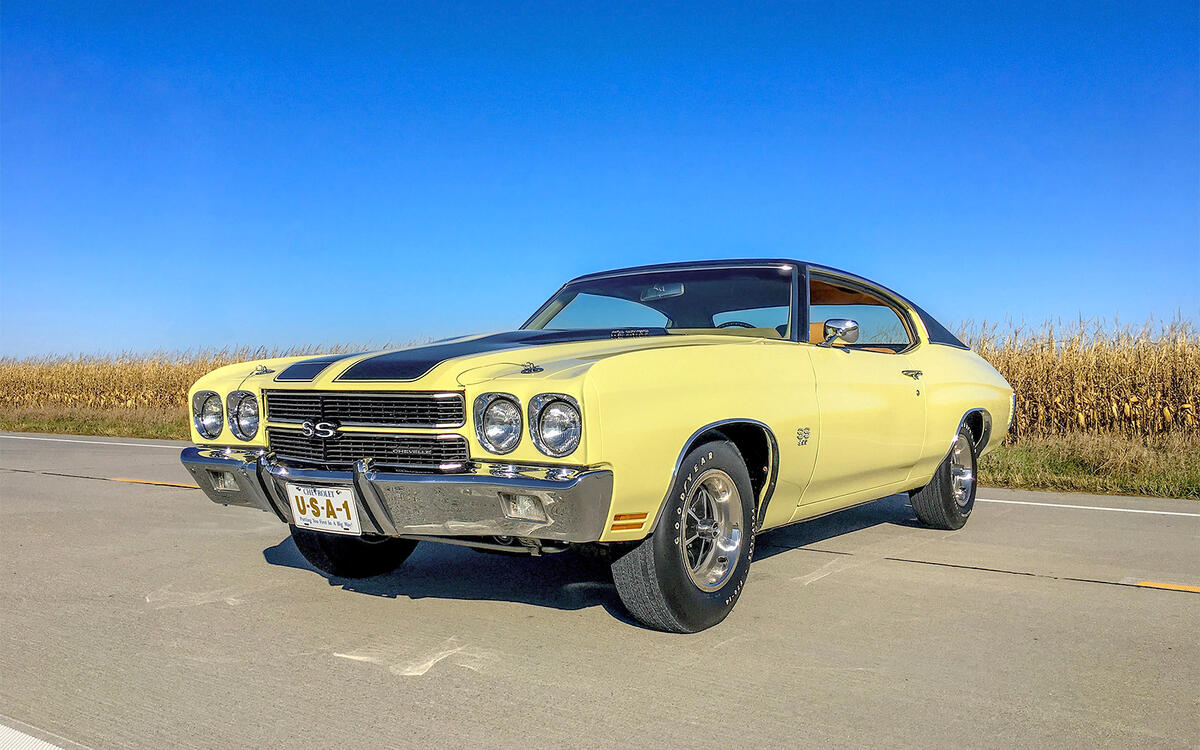
Source: Autocar.co.uk
Chevrolet gave the Chevelle a sharper design for the 1970 model year. As varied as ever, the line-up included a four-door saloon, a four-door hardtop, a station wagon, a convertible and a coupe. The latter piqued the interest of enthusiasts, especially when it wore an SS emblem on the grille.
Parent company General Motors lifted its engine displacement restriction in 1970, allowing its divisions to turn up the power dial through huge V8s in order to keep up with rivals in the horsepower war. The Chevelle benefited greatly from this decision. Sometimes called the king of muscle cars, the SS 454 model used a 360bhp, 454-cubic-inch (7.4-litre) V8 stuffed under a bulged hood.
Also Read: Top 5 Cars To Avoid At Any Cost
5. Plymouth Hemi’Cuda (1971)
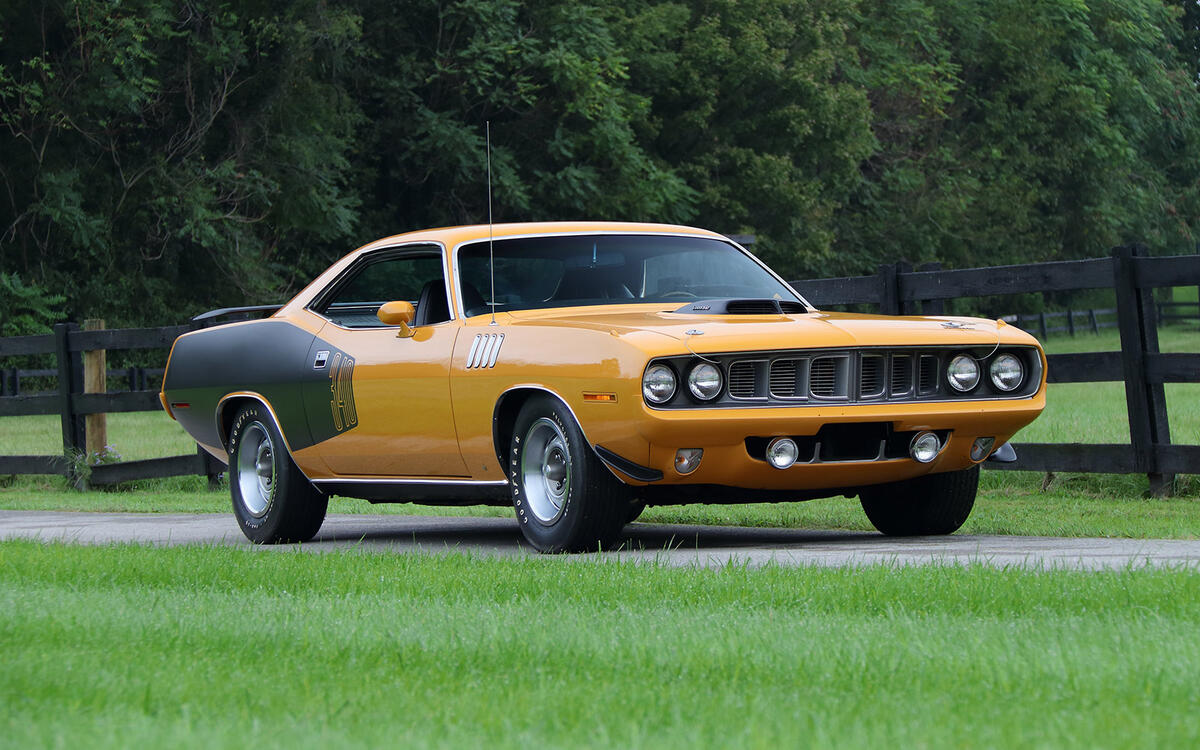
Source: Autocar.co.uk
Plymouth positioned the ‘Cuda at the top of the Barracuda line-up. Offered with a V8 engine only, it received a special performance hood with scoops, a heavy-duty suspension, standard whitewall tires and a 335 hp V8 engine. The firm charged ‘Cuda buyers $884 (about $5400) for the 425bhp Street Hemi engine. Only seven people ordered both the convertible body style and the Street Hemi engine.
6. Ford Torino Cobra 429 (1970)
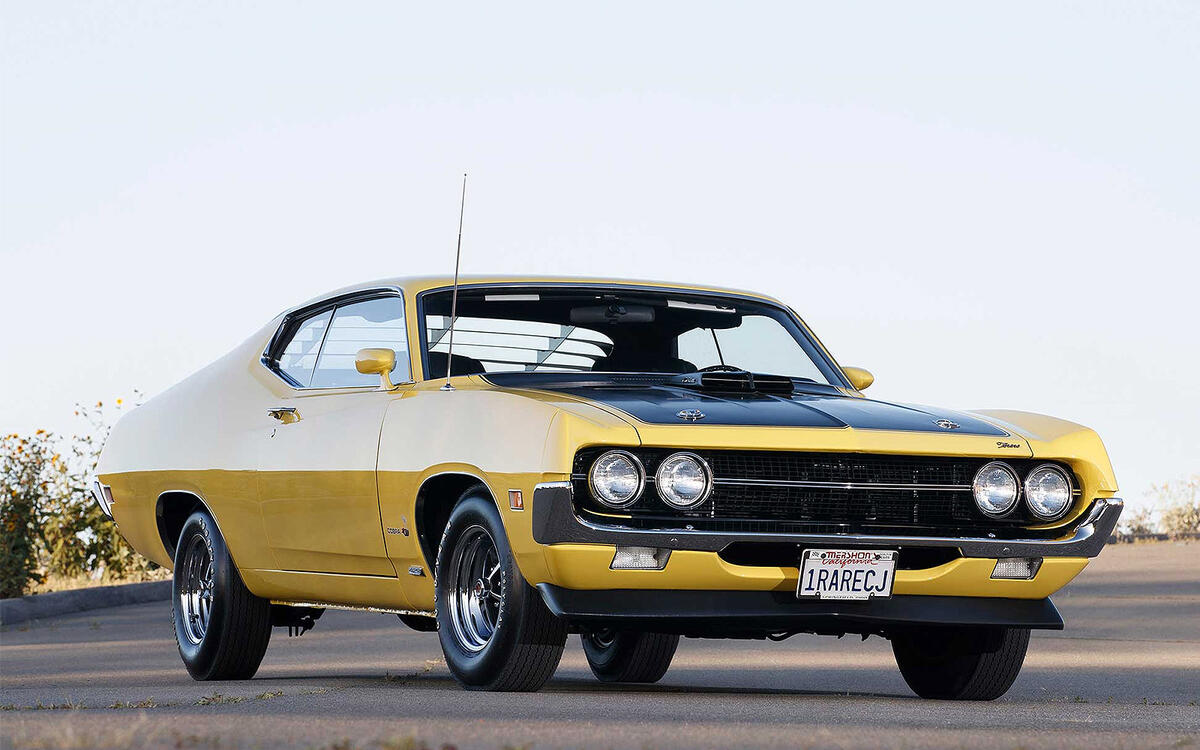
Ford separated the Torino from the Fairlane in 1970. Models named GT and Cobra, respectively, occupied the top two spots in the newly-established hierarchy. The Cobra was the performance champ of the line-up thanks to a 360hp V8 engine, 7in wide wheels and a black hood with a functional scoop. Ford sold 7675 examples of the Torino Cobra in 1970 and 3054 the following year. PICTURE: Ford Torino 429 Cobra Jet
7. Buick GSX (1971)
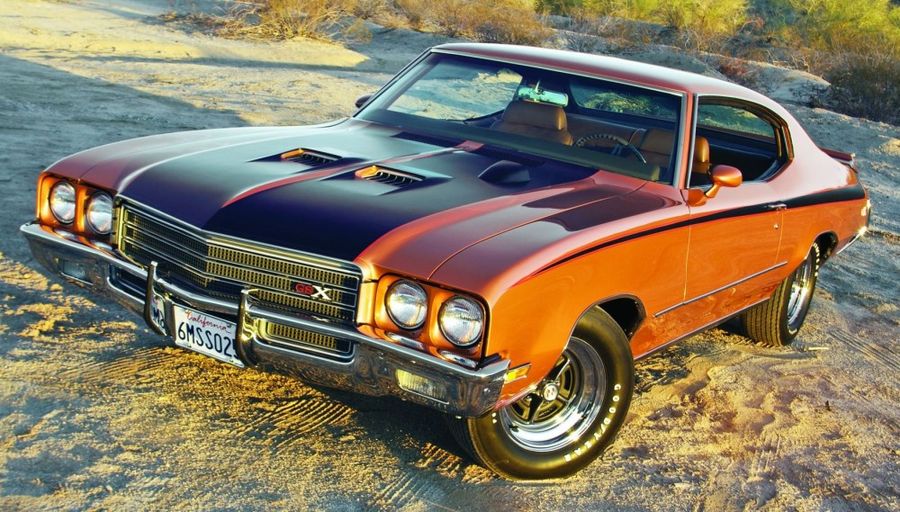
Source: https://www.hemmings.com/
Buick threw down the performance gauntlet with the mid-1970 release of the GSX. Finished in either Apollo White or Saturn Yellow with eye-grabbing graphics, the car was a standout, and its list of standard performance features was equally impressive, beginning with the 350hp 455-cu.in. V-8 and its 510-lbs.ft. of torque.
Top options were a Turbo Hydra-Matic and the Stage 1 455 with its advertised 360hp and 510-lbs.ft. of torque–generally considered conservative numbers, at that. By the end of the model year, Buick had found 678 buyers
8. Plymouth Road Runner (1968)

Source: Autocar.co.uk
In the late 1960s, rising power levels made muscle cars increasingly expensive. Plymouth saw an opportunity to build a medium-priced model named Road Runner positioned between the Belvedere and the Satellite, its two intermediate cars. It was an alternative to the GTX for buyers on a budget.
The Road Runner used a 383-cubic-inch (6.2-litre) V8 engine with 335bhp. Plymouth offered a bigger, 425bhp eight-cylinder for an extra $714 (about $5000 today), bumping the total price to $4114 (roughly $29,000 in 2018). All Road Runner models came with model-specific ‘beep-beep’ dual horns that mimicked the cartoon character relentlessly pursued by Wile E. Coyote.
9. Dodge Charger Super Bee (1971)
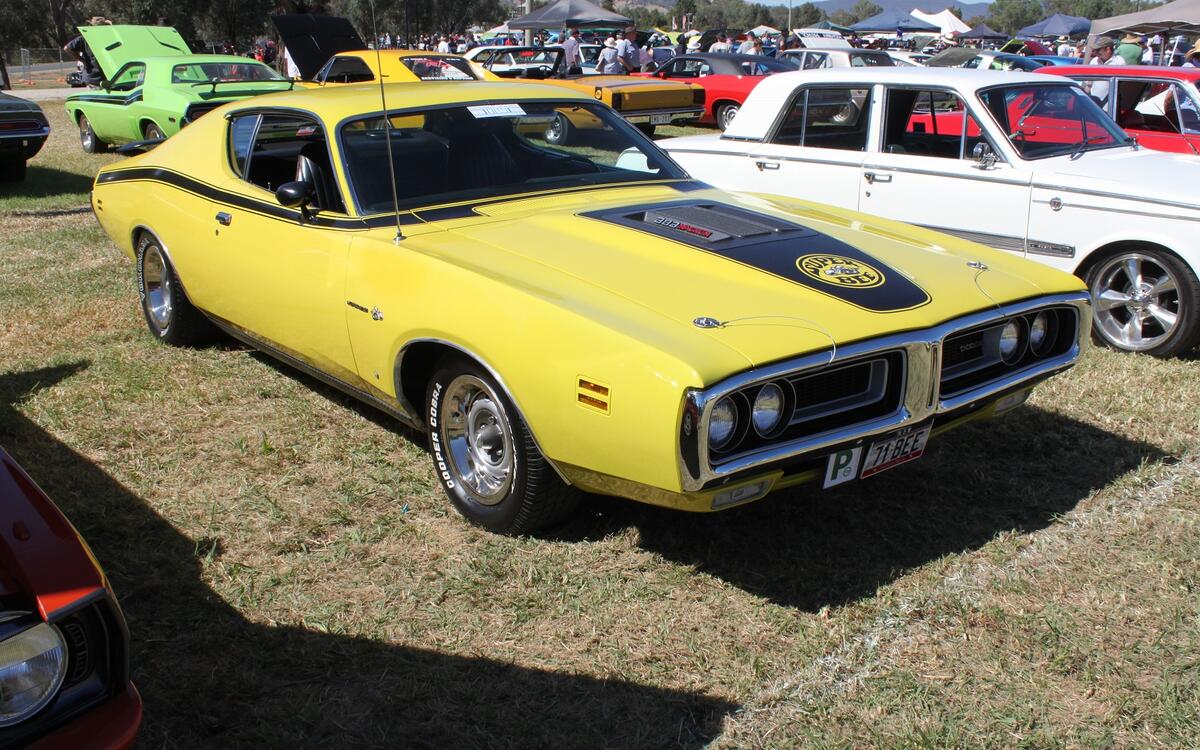
Source: Autocar.co.uk
Dodge introduced the Coronet Super Bee in 1968 as a budget-oriented performance car alternative to the Plymouth Road Runner. Chrysler owned the two automakers but it encouraged friendly internal competition. In 1971, its last year on the market, the Super Bee nameplate moved to the Charge line-up.
Super Bee still stood for a blend of performance and value. Charger Super Bee models got a powerful V8 engine, a so-called Rallye suspension, heavy-duty brakes and a 383-cubic-inch V8 backed up by a three-speed manual transmission. Dodge sold a little over 5000 examples of the Charger Super Bee in 1971.
10. Chevrolet Camaro Z28 (1969)
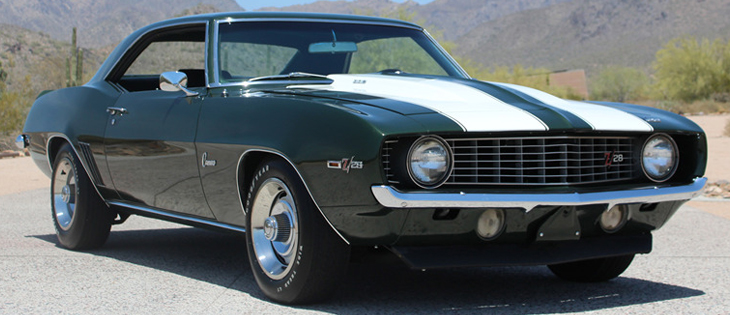
The Z/28 performance package was designed (with further modifications) to compete in the SCCA Trans-Am Series. It included a solid-lifter 302 cu in (4.9 L) V8, 4-speed transmission, power disc brakes, and two wide “skunk” stripes down the hood and trunk lid.
The idea of offering such a wide variety of packages and numerous options was to “blanket” Camaro’s end of the personal car market with everything from an entry level I6 cylinder engine to multiple high-performance V8 engines.
Source: Autocar.co.uk

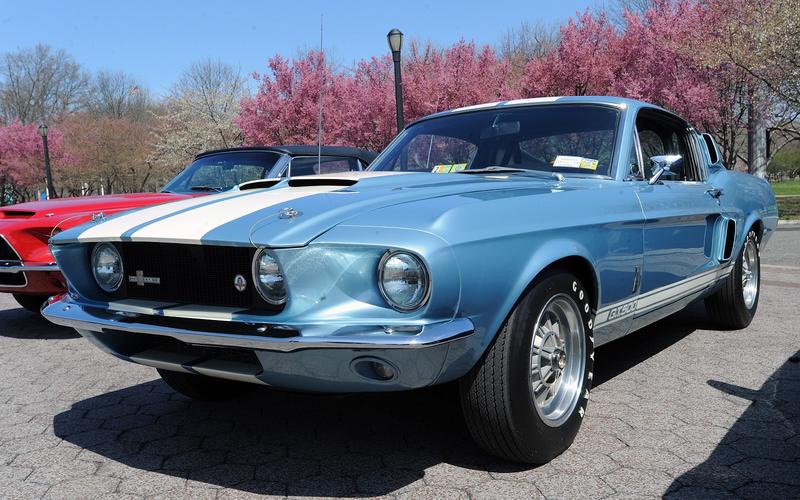
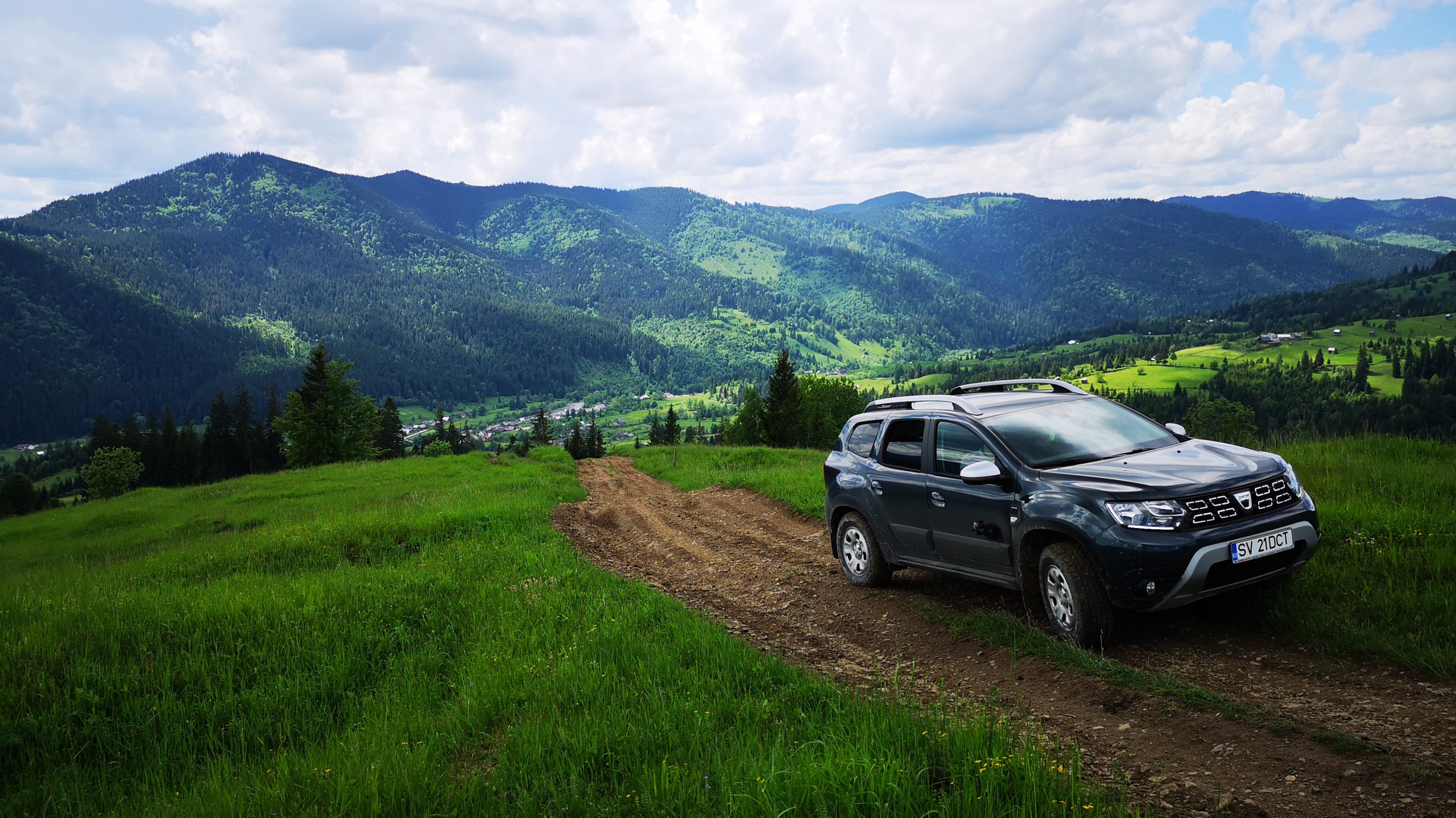
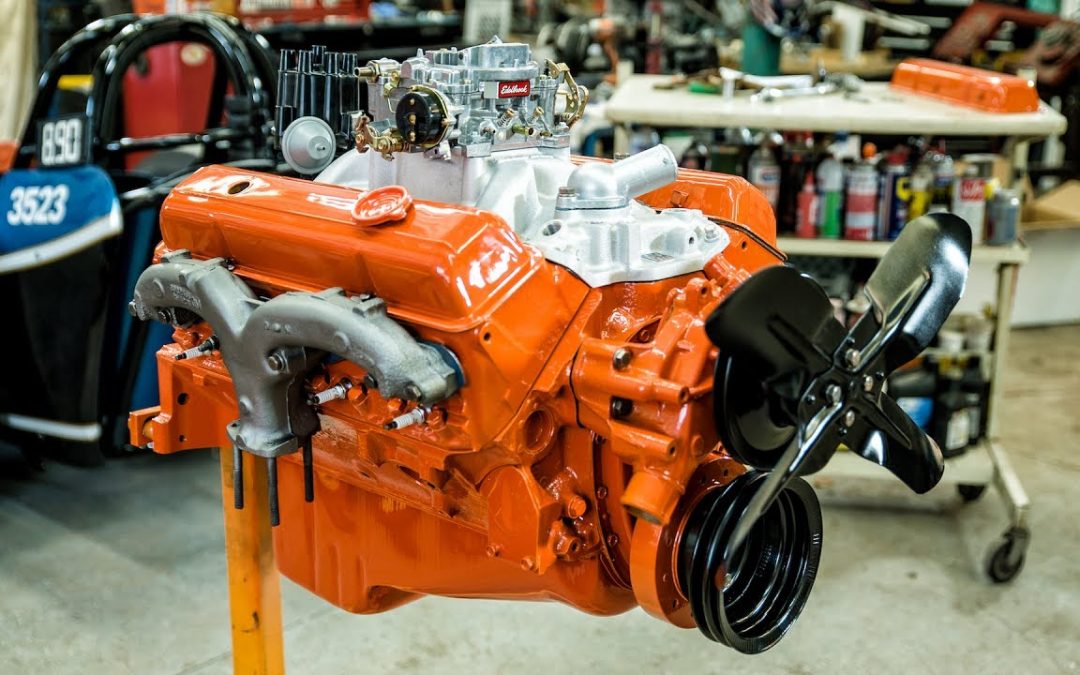


0 Comments